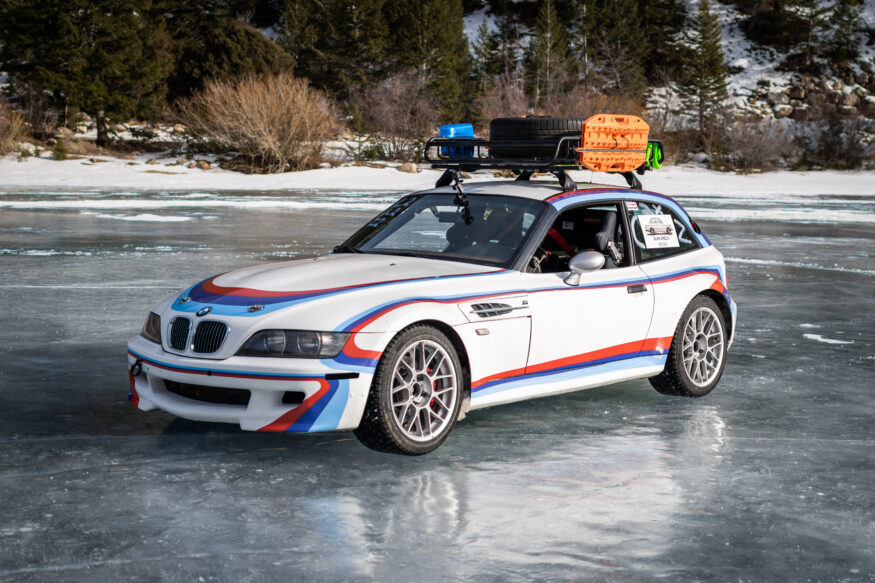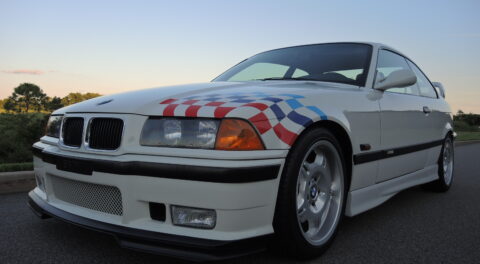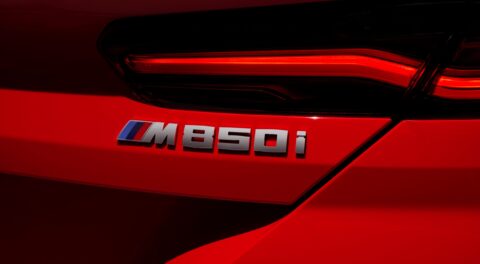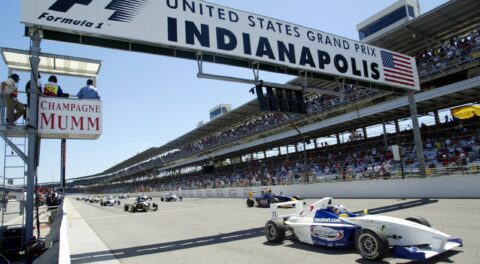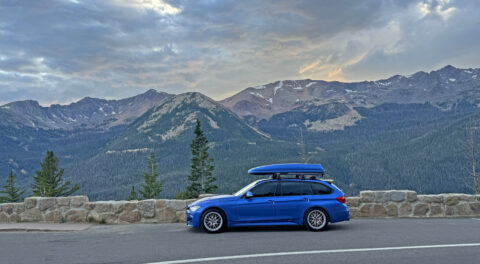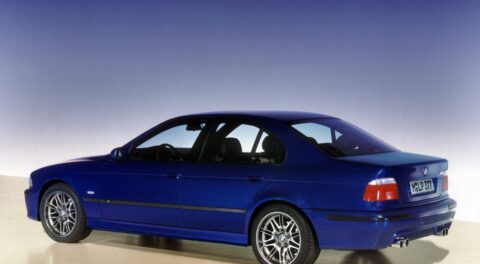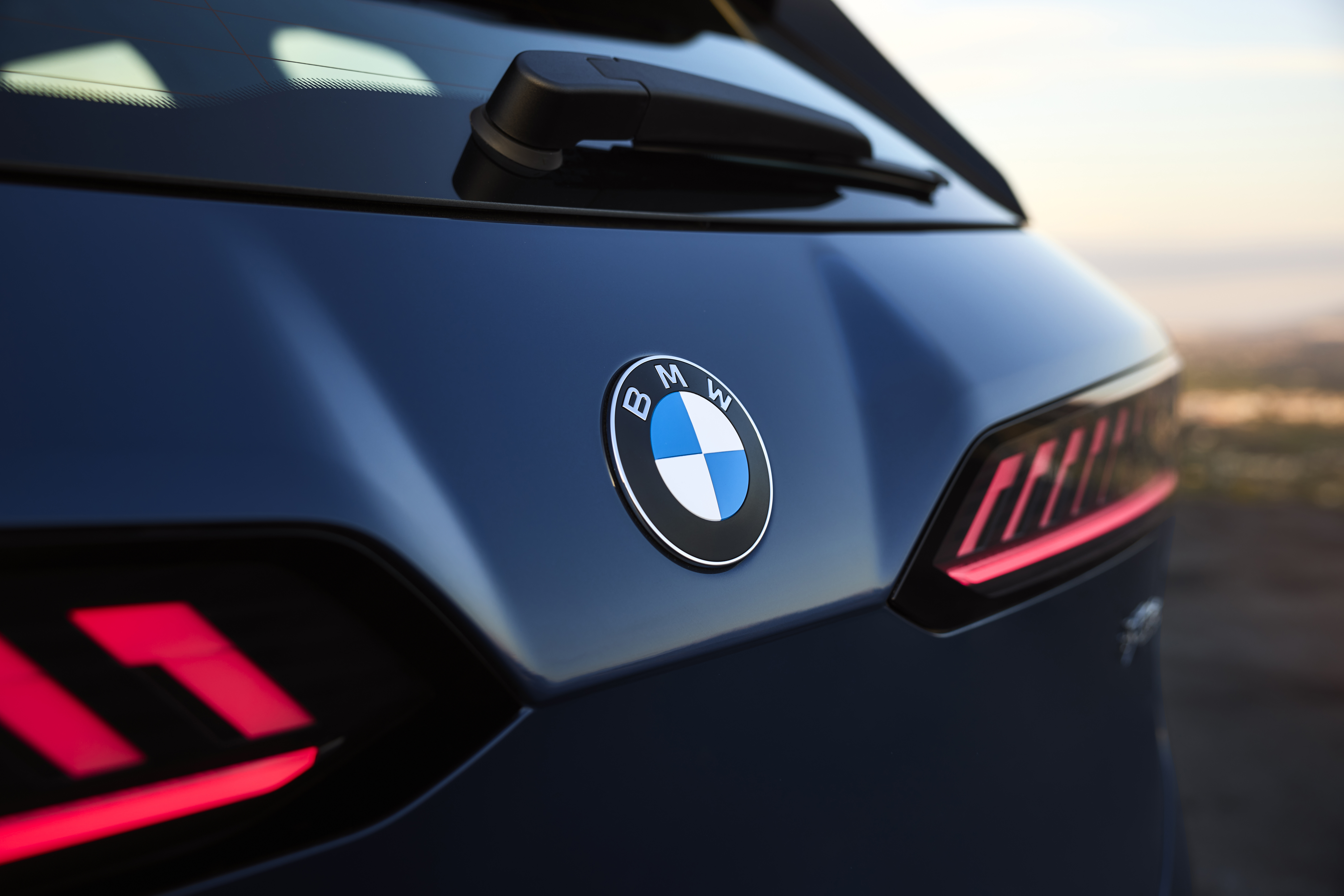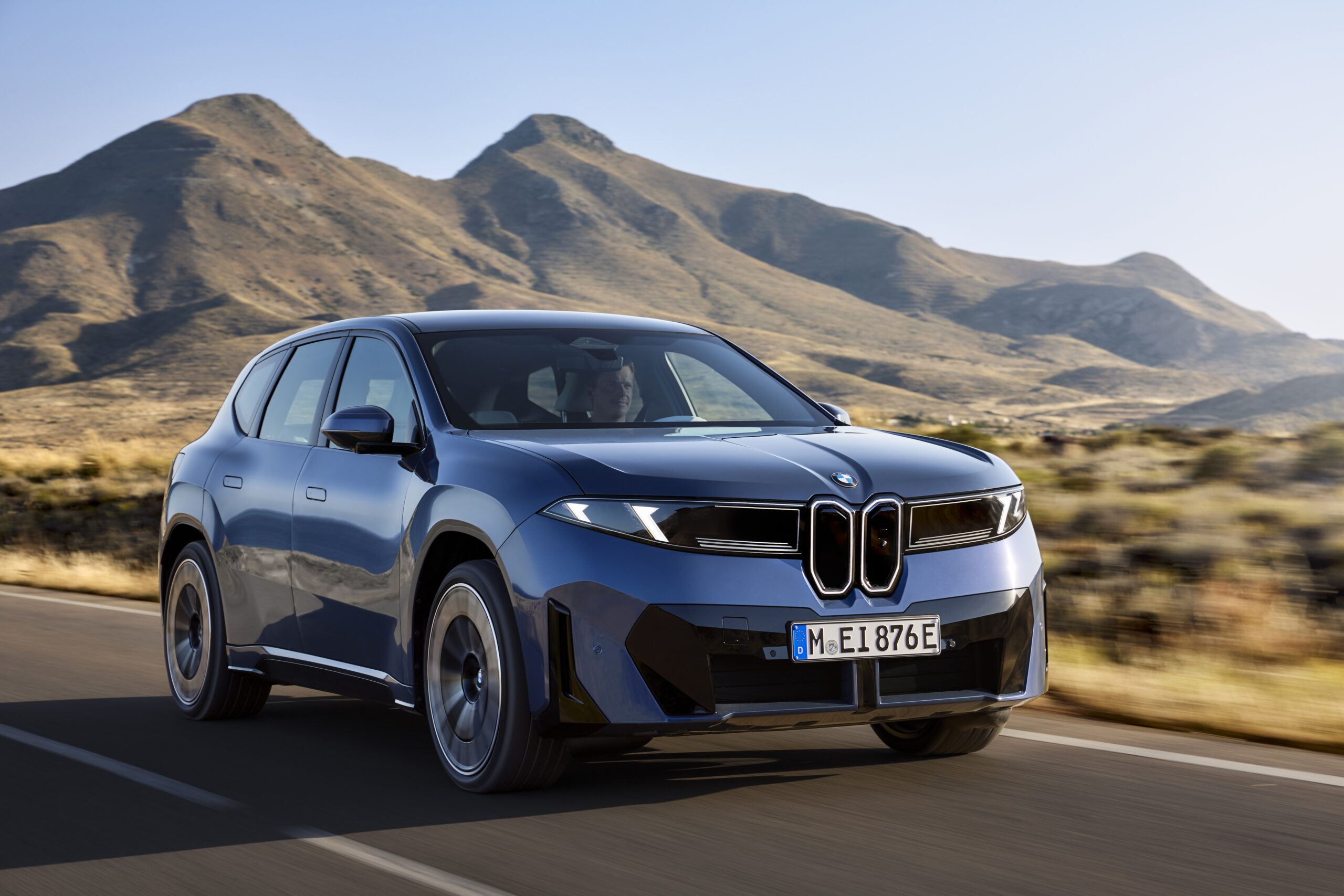We’ve had a glorious winter so far in Colorado! In December, we were blessed with polar temperatures and heaps of snow, which meant the ice was thick on Georgetown Lake for the Rocky Mountain Chapter’s Ice Gymkhana. The annual event marks the highlight of our chapter’s winter calendar and it’s the most professional of all the local German marque clubs on the lake. Run in an autocross format, the course is set up with a mixture of high and low-speed sweepers, a long slalom, a stop box, and a maniacal 360-degree circle—the latter of which will make or break your run.
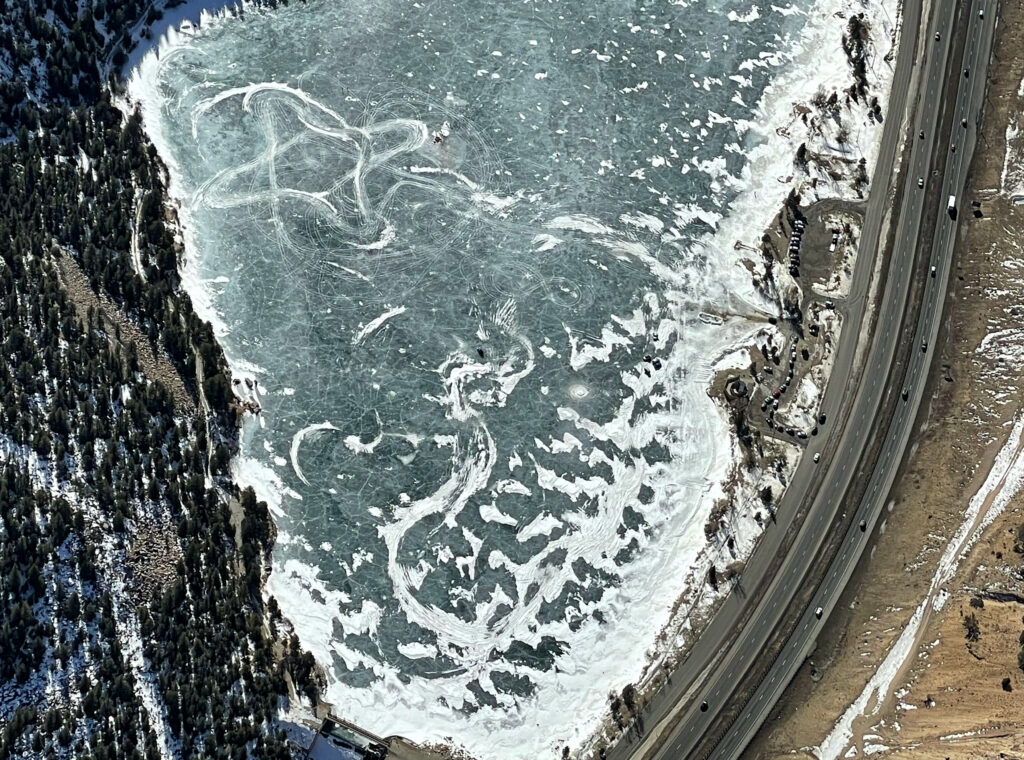
The ice racing course from 10,000 feet.

The city of Georgetown preparing the lake.
For this event, Ice Gymkhana regulars Marc Swanson, Andrew Colfelt, and I, planned to drive Marc’s 1989 E30 325iX, but he discovered a blown-out front CV axle boot a few days before the event. He had a Subaru Outback as a backup, but I wanted to drive something cooler. I was tempted to run the 2002 Porsche 911 Carrera 4S that I wrote about in December. I had just mounted a set of OZ wheels with new Blizzak snow tires, but they weren’t studded—and to be fast on the ice, you need studded snow tires. Memories of the M coupe that we built for the Roaring Fork Snow Trial came to mind, and while we did happen to have an M coupe racecar sitting in the shop, it still needed the right tires to be competitive. Unfortunately, this late in the winter, snow tires are hard to come by, and the tire of choice—Nokian Hakkapeliittas—had been back ordered indefinitely in M coupe sizing.

With no car to race on the ice and the M coupe race car just sitting in the shop, an idea was hatched.
Then, by pure chance and circumstance, while buying an unrelated set of tires off of Craigslist, I caught wind of a set of new-old-stock studded Hakka’s in E36 M3 sizing. All I needed was a set of square seventeen-by-nine-inch wheels to mount them on. I had an ancient memory of a friend who had posted a set of Apex Arc-8s in those exact specs a few months ago. Conveniently, he had not sold them, and now we had a plan! A set of 20-mm spacers in the rear were all that was needed to make everything work. I added a roof rack, spare tire, Max Tracks, and a tow rope (mostly for show), and with that the M coupe was ready!

Studded Hakka snow tires and roof rack mounted, and the M coupe was ready for the ice.
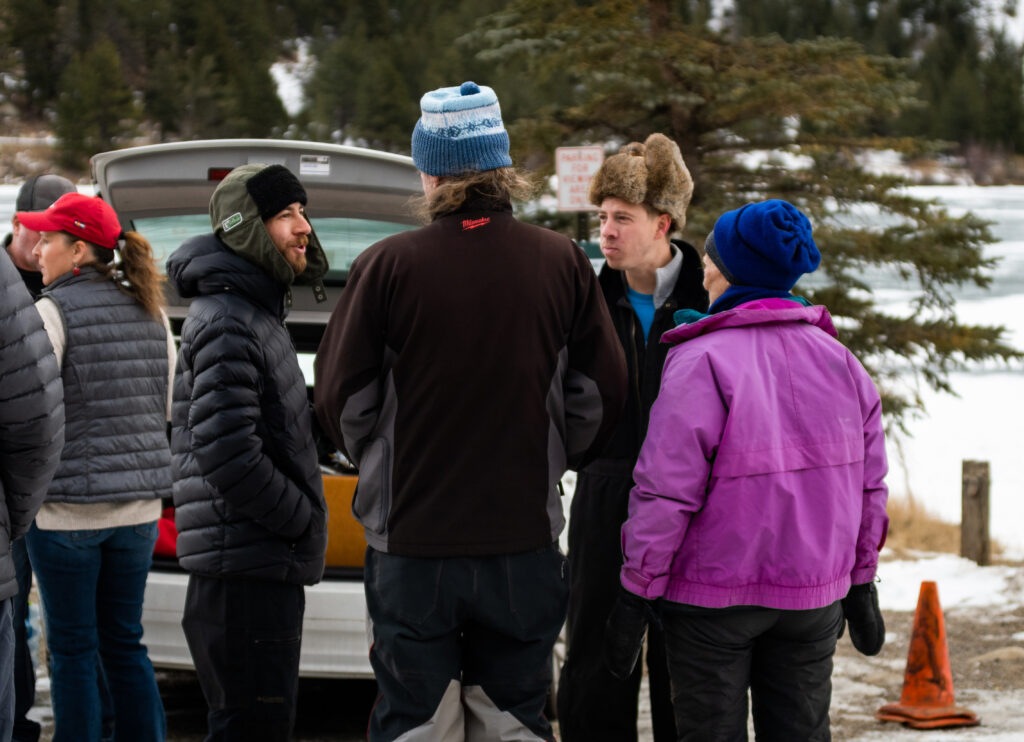
Ted and Tim Schultz, organizers of the Ice Gymkhana.
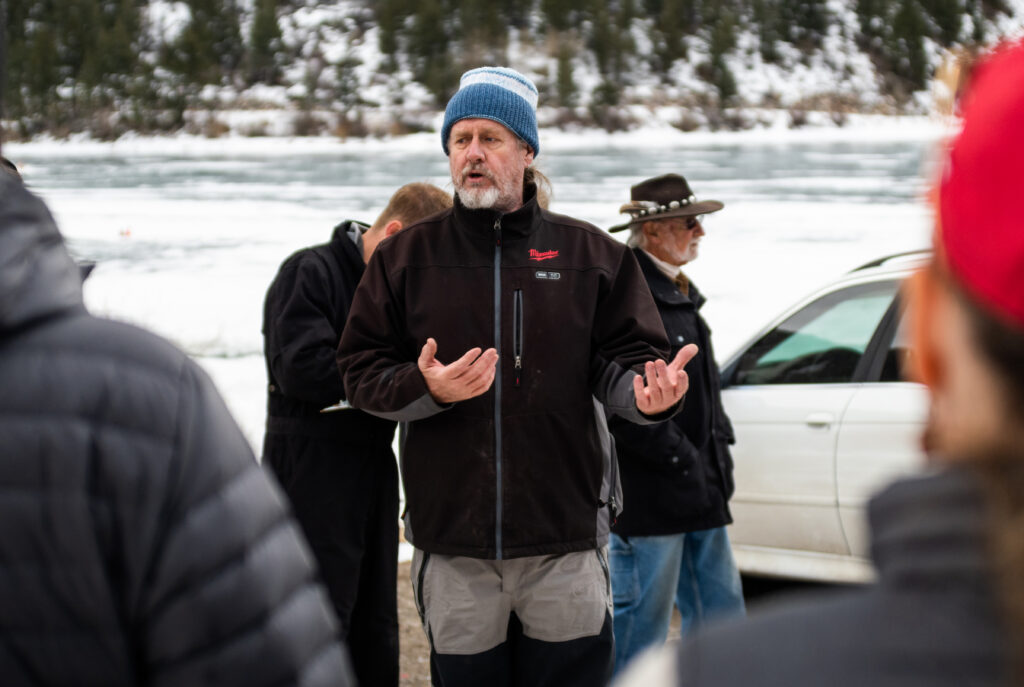
Grant Barclay conducting the driver’s meeting, with Timing Chief Fred Iacino in the background.
I loaded up the M coupe on the trailer and was at the lake promptly in time for the driver’s meeting on Friday morning. The Schultz family, along with Grant and Carol Barclay and Fred Iacino, have long hosted the event and are responsible for making it so exceptional. Tim and Ted Schultz ran the meeting while the Barclays designed the course and demonstrated it for us. The morning consisted of practice runs, with four timed runs in the afternoon. Taking out a cone is a two-second penalty, which could result in tire damage due to the screws that hold them in place.

Barclay showing the course with the Rocky Mountain Chapter regulars looking on.
Being fast on the ice is always an exercise of patience. The ice will punish mistakes more than pavement or snow, and being slow and tight is usually faster, albeit less fun, than hooning. Patches of snow offer exponential grip, and going off line to grab a snow patch is usually worth it. Back on the ice, there is an ideal amount of wheelspin for optimal acceleration—too much, and you’re just shredding ice; too little, and you are giving up time. The course’s most complex and punishing feature is the 360-degree cone, which will hemorrhage seconds if driven incorrectly. The best technique is to keep it tight, painfully slow, and channel spiritual levels of patience until the exit. It feels agonizingly slow, but slow is always faster.

Getting ready for the practice runs.

Recreate at your own risk!

Barclay marshaling at the start box.

To be fast on the ice is an exercise of extreme patience.
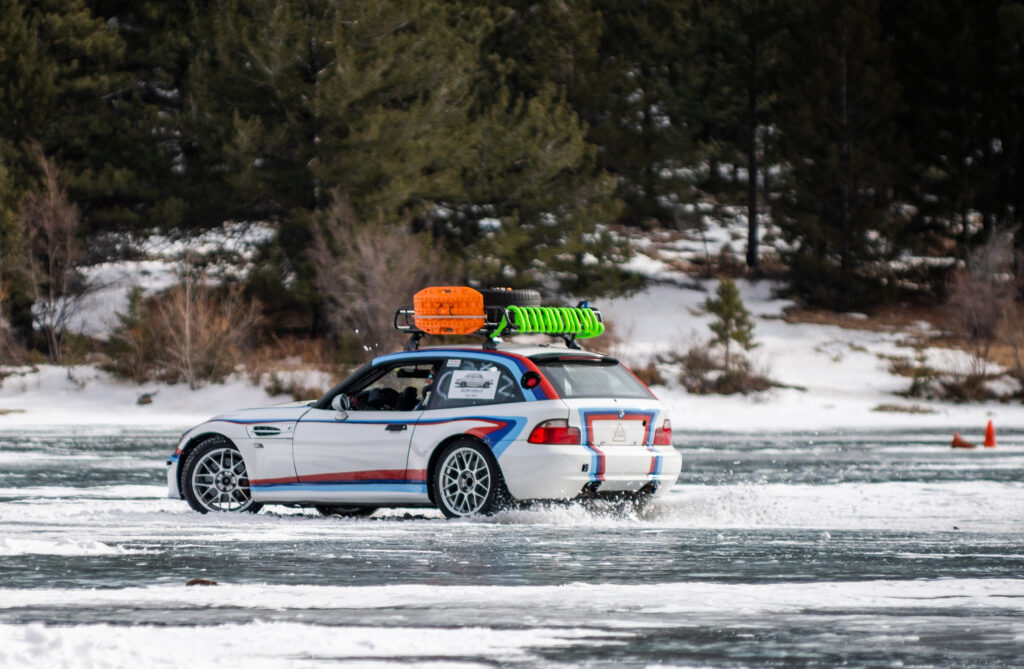

The course was comically slick during the practice runs, with our best times in the 2:25 (minutes and seconds) arena. But as the afternoon sun climbed over the peaks of the narrow valley, the ice softened, and the grip improved. By the beginning of the timed runs, our times dropped precipitously. Swanson, Colfelt, and I had whittled collectively down to the 1:40 realm, with only seconds between us. By our third timed run, Colfelt had posted a 1:38, while Swanson and I were tied within the margin of error at 1:39. While we all drove exceptionally tidy lines through the course, Colfelt (who is our CCA Chief Driving Instructor) beat us out by stopping short in the stop box. Despite our best efforts, none of our fourth runs could whittle the times down any faster, and Colfelt took the day.
Andrew Colfelt tied for the fastest lap of the day.
The rest of us nipped at his heals, but couldn’t beat his time!
Once the course was cold (pun intended), photographer Peter Thompson and I took the opportunity to do a little ice skiing behind the M coupe. Varying levels of grip made the chances for injury high (my elbow still hurts from a fake theatrical fall I took three years ago). If Thompson stood, the potential head injury from falling was high; if he sat, a potentially torn rectum from encountering the wrong rock protruding through the ice could make for an exceptionally bad day. Thompson kneeled, and, thankfully, emerged with his rectum intact.
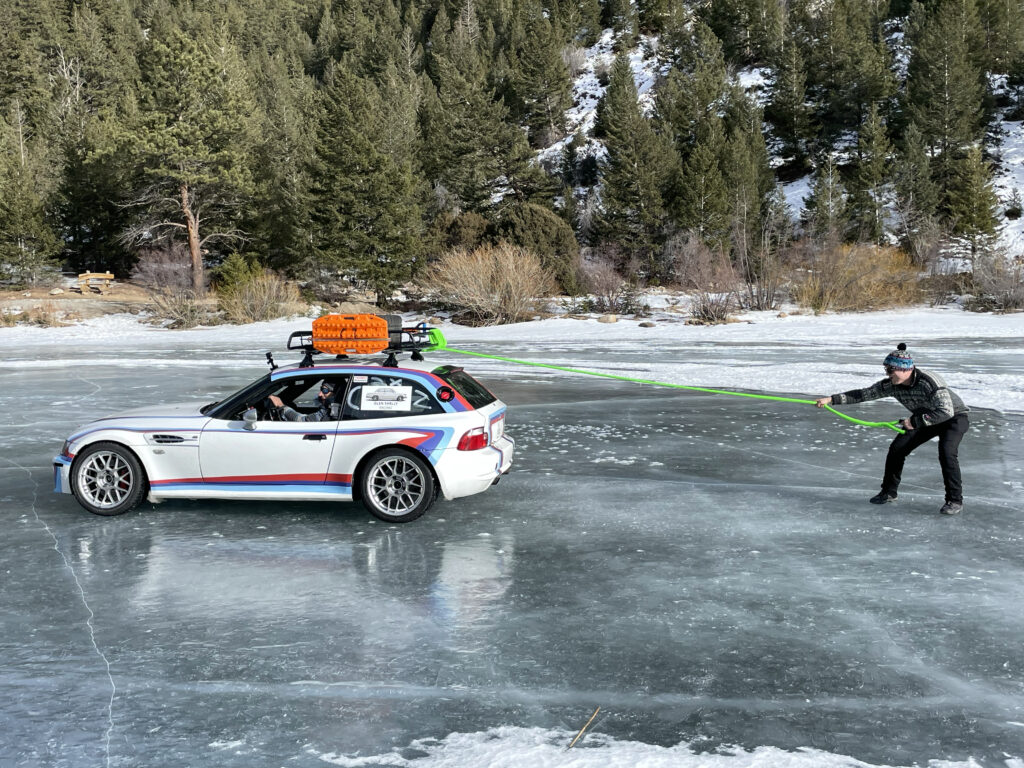
What could possibly go wrong?
Afterward, we all convened at the Alpine Café in Georgetown for final times and awards. Notably, the M coupe tied with an E30 325iX for the fastest five times of the day. Colfelt was tied with 325iX owner Chris Bair at 1:38 for the hottest laps, while Swanson and I were tied in a three-way second place with Bair’s co-driver Cathrine Downard at 1:39. I was impressed with how close we all were, and how comically seriously we had all taken the event. The competition was fierce, but fun—as it should be!

From 10,000 feet the lake looks so small!

I missed the second day of the event, but was able to break away for an overhead pass in the Husky. I used every mountain flying tool I had in my toolbox to negotiate air that was very textured. After a few orbits, I was tempted to drag a wheel on the course, but I didn’t dare descend below 10,000 feet in the mixing bowl of swirling air currents in the valley.
Overall, it was a fantastic event, which was in no way a coincidence. The Schultz boys, the Barclays, Fred Iacino, and all of the local Rocky Mountain Chapter members who showed up made it a success and bastion of wheel-spinning fun to help negotiate the cold and dark months of winter.—Alex McCulloch
[Photos by Peter Thompson.]

